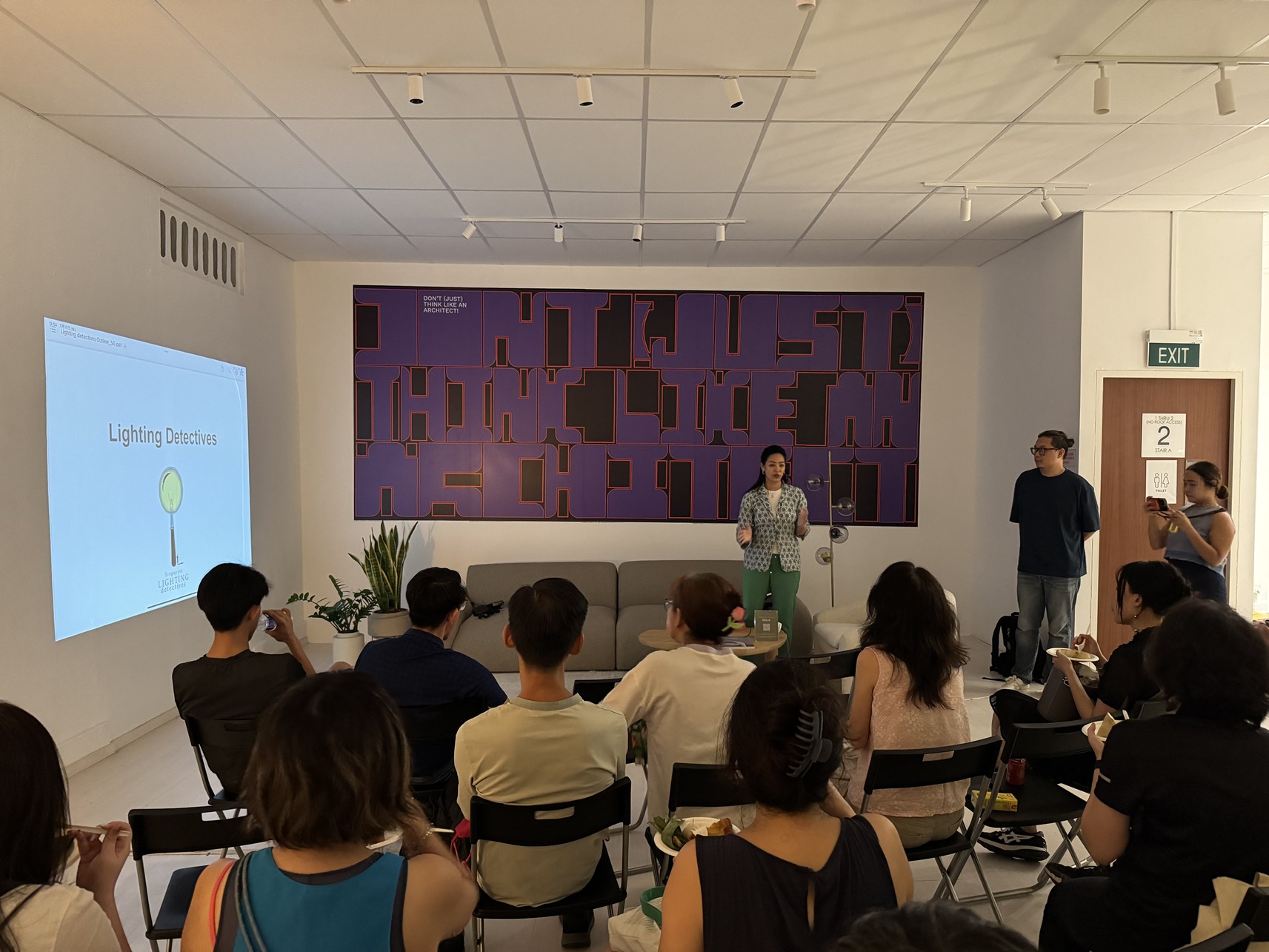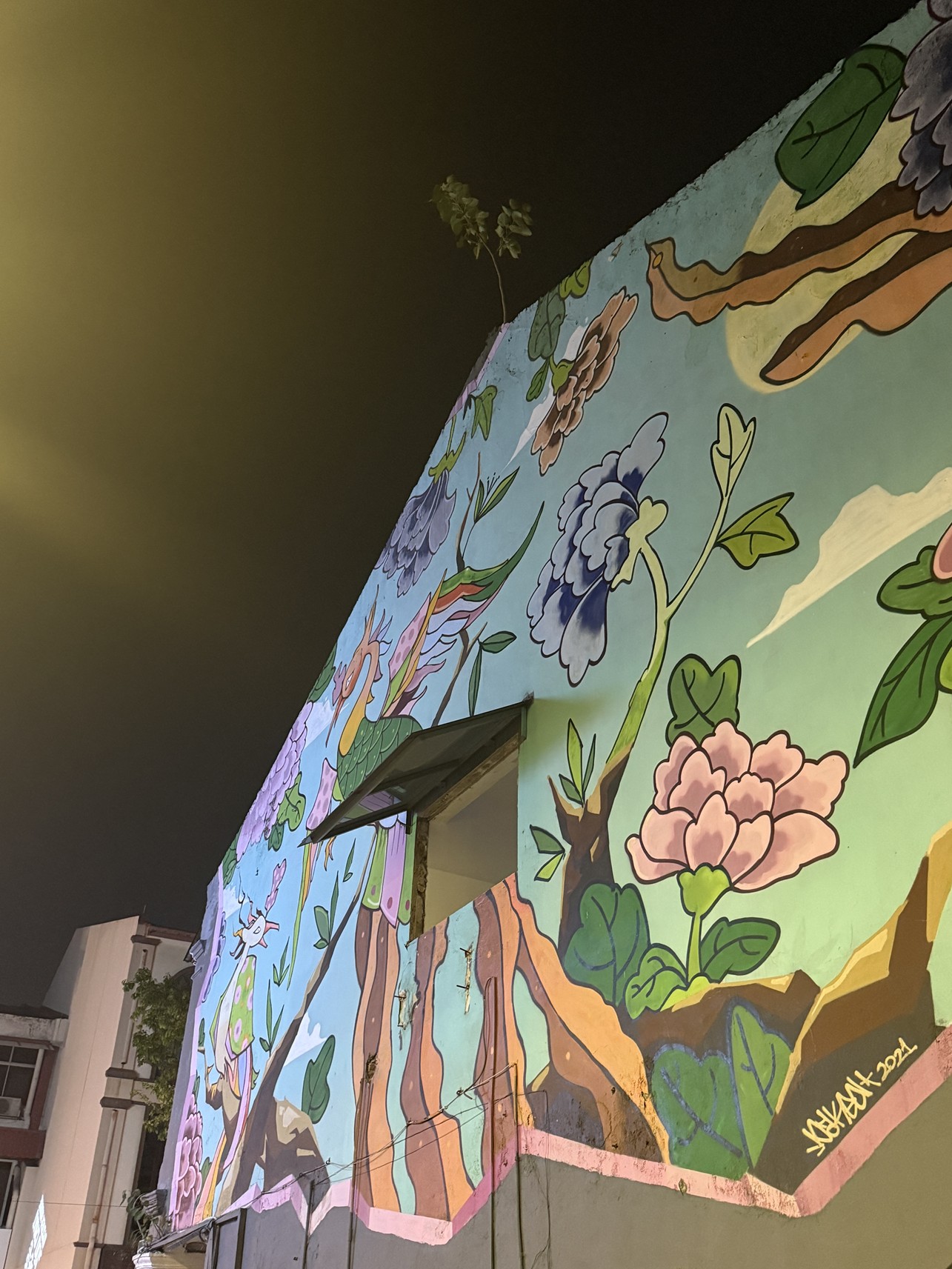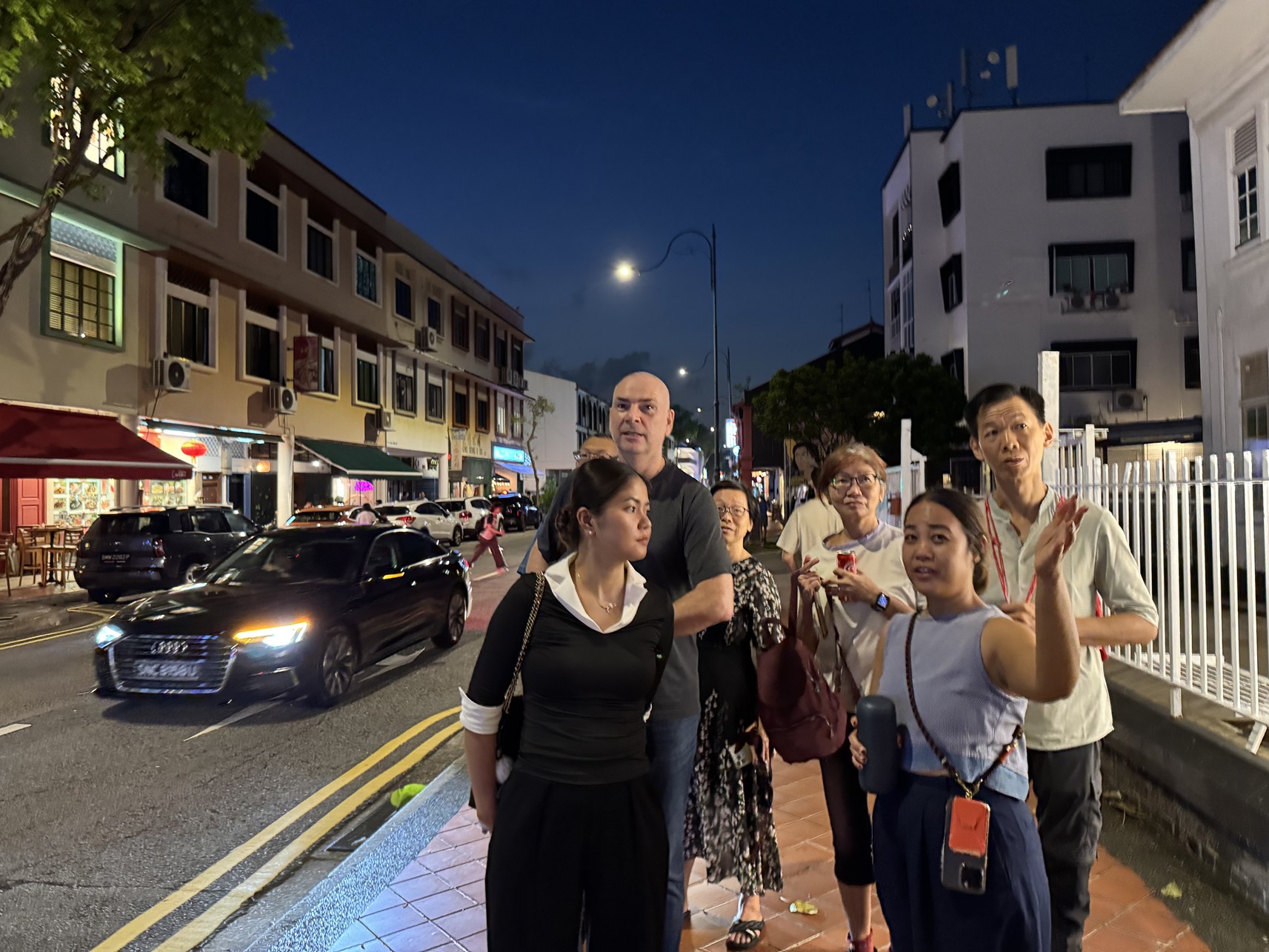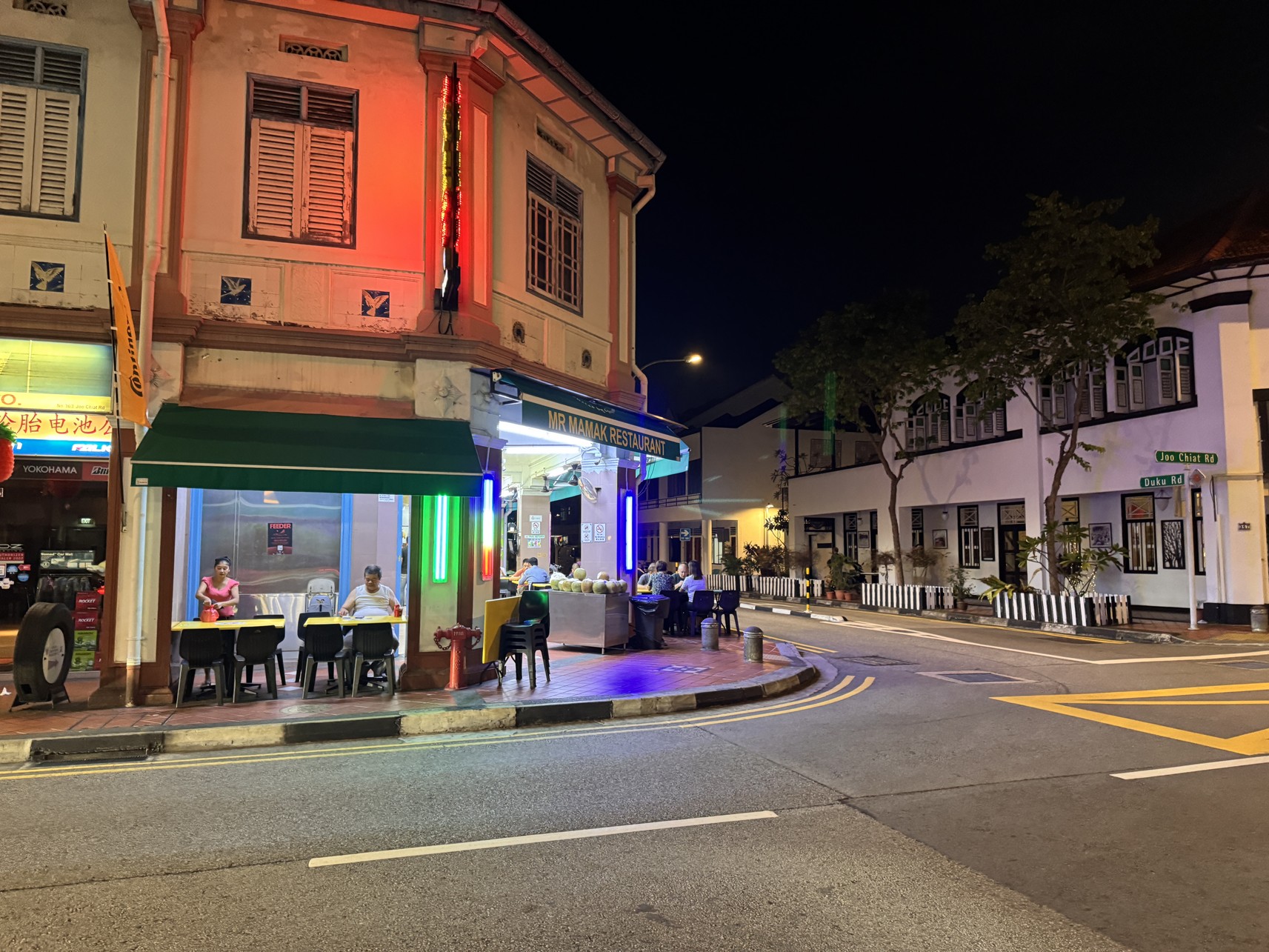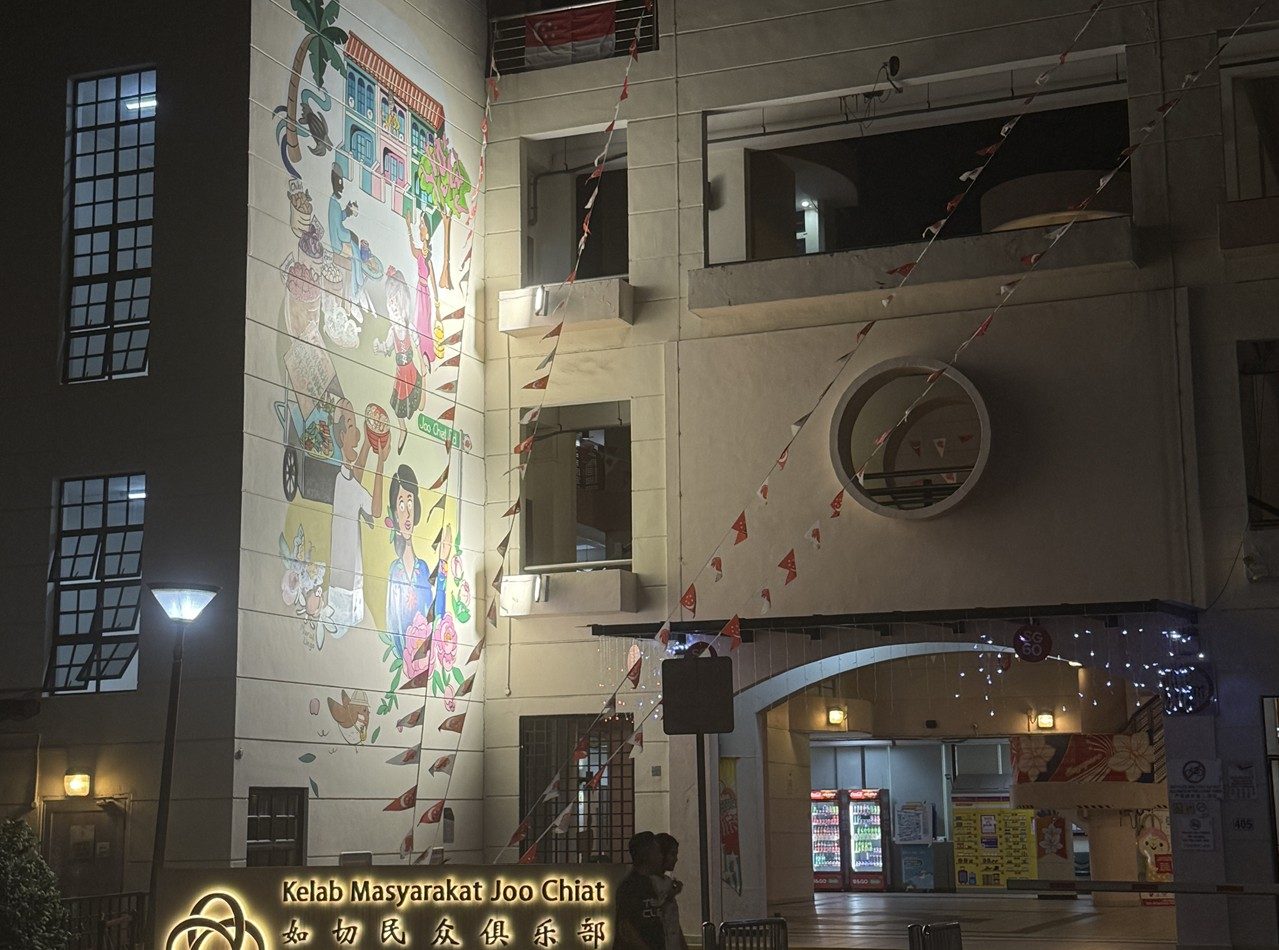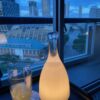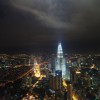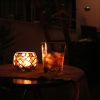Singapore Archifest 2025
2025.07.18 Josephine Kwan
As part of the annual architecture festival in Singapore, Archifest 2025 invited us to host a special Lighting Detectives session in the East Coast.
The Katong–Joo Chiat district, celebrated for its rich history, heritage, vibrant food scene, and evolving lifestyle, became our exploration ground.
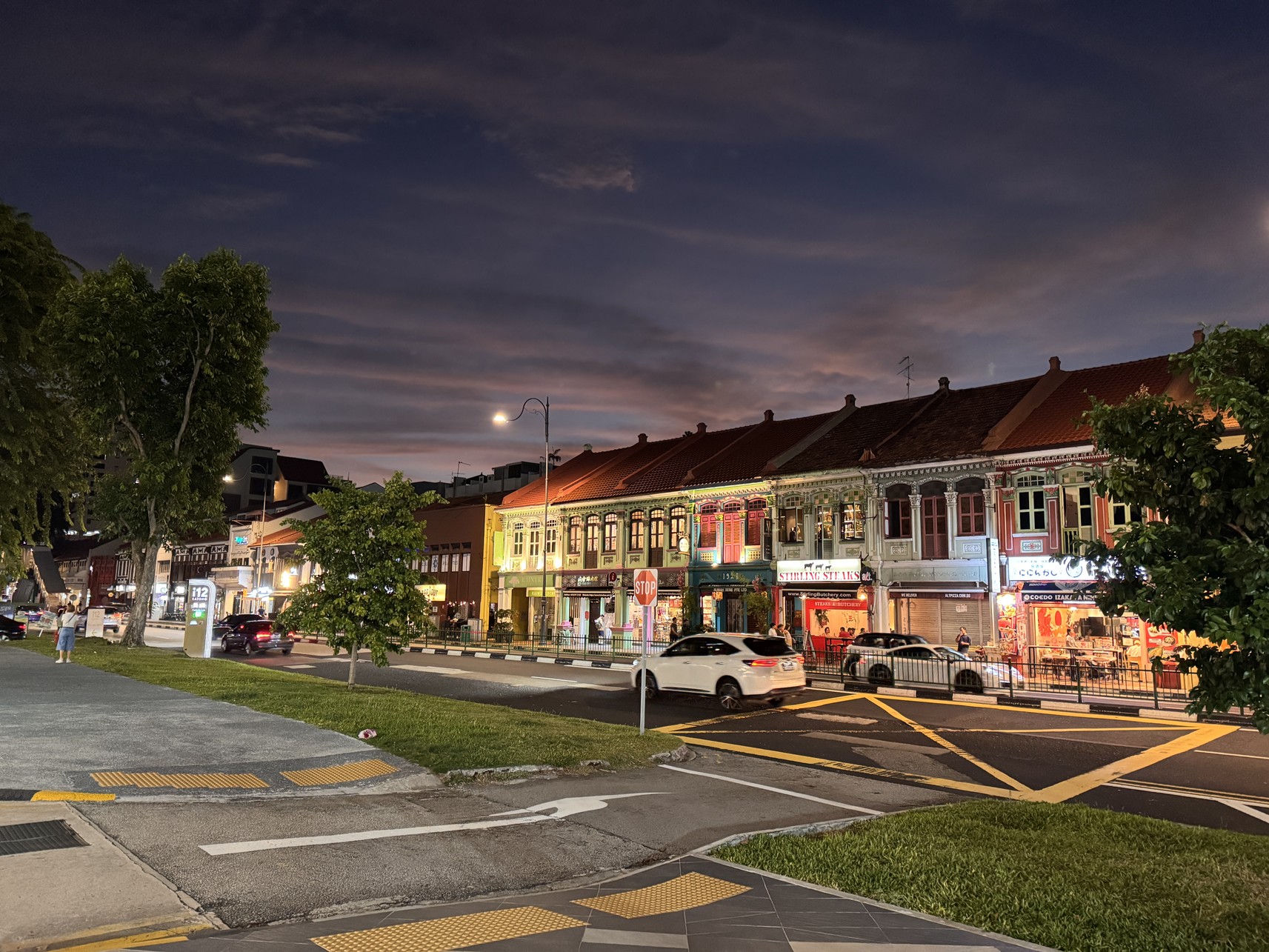
■ Introduction
With a total of thirty participants comprising both industry professionals and those from outside the field, we embarked on two routes to uncover the night time charm of this Peranakan cultural enclave — a place whose unique character and timeless beauty continue to capture the hearts of many.
■ History of Katong-Joo Chiat District
In the early 20th century, members of the wealthy Peranakan community began moving out of the crowded city areas such as Telok Ayer, Ann Siang, and Tanjong Pagar. They sought peaceful, more spacious suburban residences in the East Coast — particularly in Katong-Joo Chiat — where land was more affordable and the sea was close by.
In Katong-Joo Chiat, Peranakans built rows of houses and shophouses featuring distinctive Peranakan architectural details: intricate façade tiles, vibrant colours, ornate wood carvings, and floral motifs. Many of these homes served a dual purpose — both as family residences and as small businesses, such as beadwork ateliers, bakeries, and houseware shops.
As more Peranakan families settled in, Katong-Joo Chiat blossomed into a thriving cultural enclave. Temples, kopitiams (coffeeshops), tailors, and food vendors reflected the vibrant Nyonya traditions, while festivals, weddings, and rituals filled the homes and streets with colours, fragrances, and songs.
■Notable Architectures and Street Art
Katong-Joo Chiat is best known for its colorful rows of conserved Peranakan shophouses, especially along Koon Seng Road, where pastel façades and intricate ceramic tiles showcase a unique blend of Chinese, Malay, and European influences. The area is also dotted with Art Deco landmarks, such as Grafunkt’s Showroom, the Red House Shophouses and Sri Senpaga Vinayagar Temple.
Adding to its charm, with its photogenic streetscapes and rich Peranakan charm, Katong-Joo Chiat gained momentum on social media. The district quickly became a hotspot for lifestyle photography, indie boutique branding, and the coffee culture scene. Today, young locals and creatives flock here for its eclectic mix of cafes, bars and unique visual backdrops.
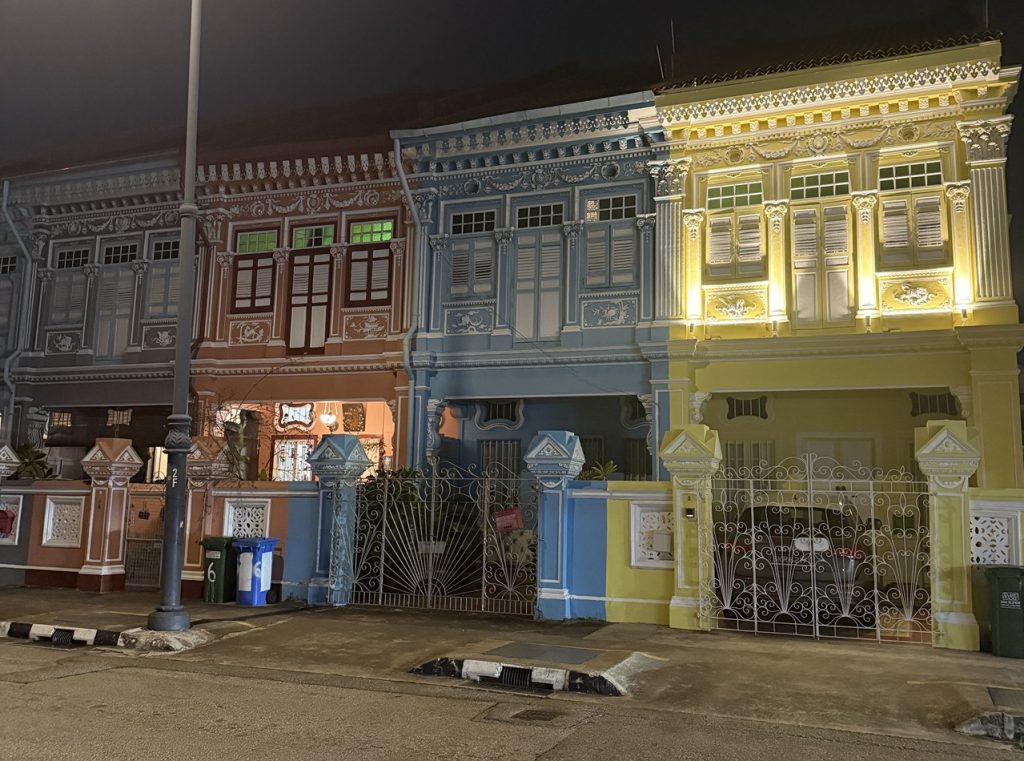
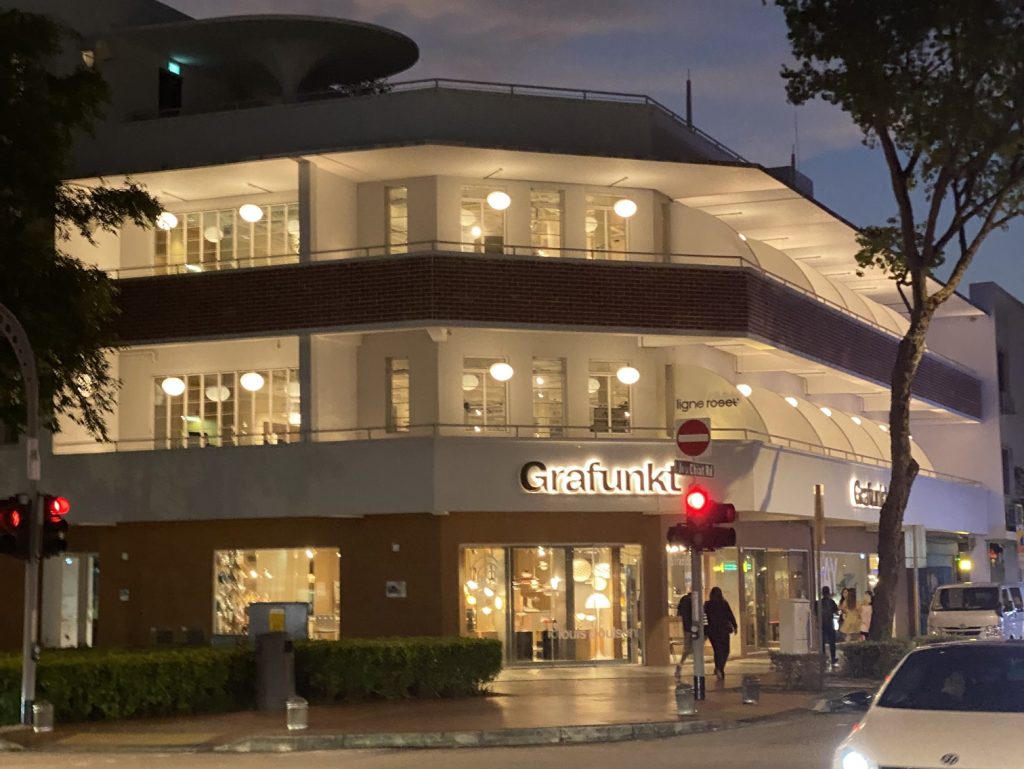
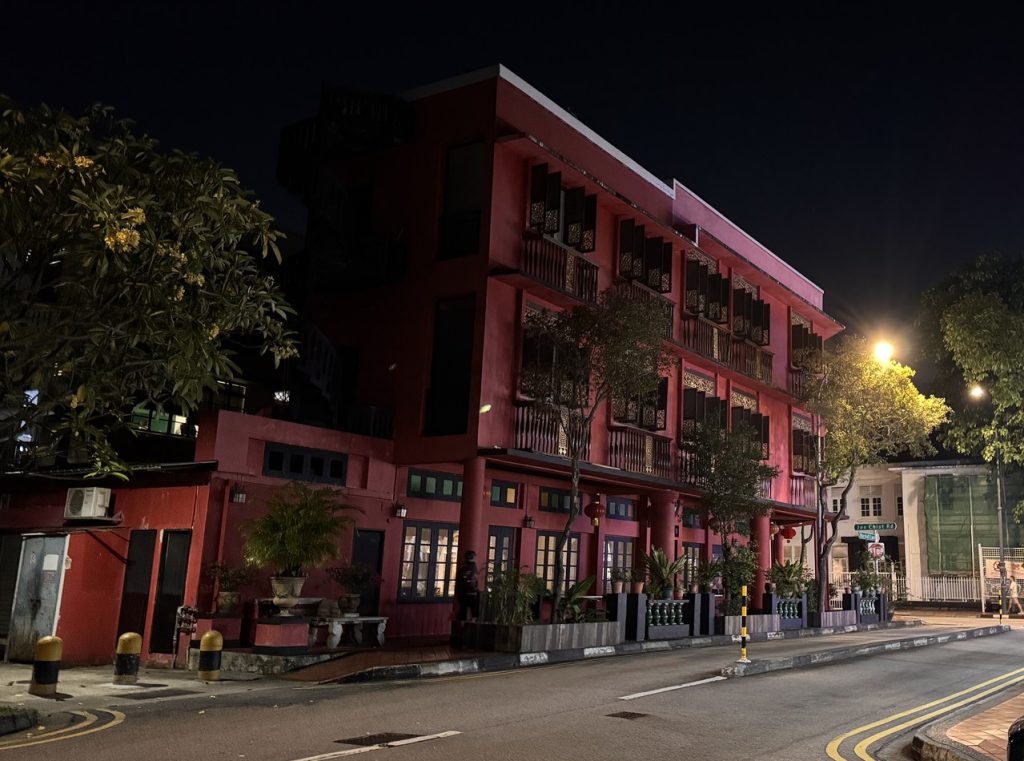
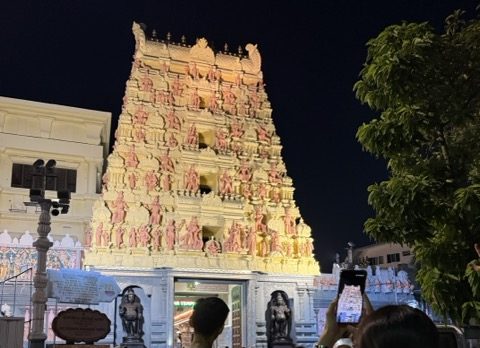
■ Lighting Detectives at Katong-Joo Chiat
On 18 July 2025, Friday, at 7pm, we gathered at the ArchiHouse in Katong-Joo Chiat for our latest Lighting Detectives session. Together with the participants, LPA explored the night scenes of Katong-Joo Chiat, uncovering both delightful highlights and areas where lighting could be improved.
Led by Tan and Mayumi, participants split into two groups to journey through the district’s eclectic mix of shops and residential developments. Along the way, they were encouraged to identify their “Heroes” and “Villains” lighting, as well as their favourite storefront and F&B lighting designs. The experience revealed how Katong-Joo Chiat’s vibrant Peranakan colours transform at night — sometimes enhanced by illumination, other times left in shadow.
In Mayumi’s team, discussions circled around whether these cultural features truly required lighting. While accentuation might draw more visitors, it could also disturb the quiet rhythm of residential life. The team also noted that many of Katong-Joo Chiat’s smaller alleys were dimly lit — perhaps an opportunity for activation, though the question of necessity remained.
Meanwhile, Tan’s team encountered brightly lit facades with noticeable spill light. Though eye-catching, some participants felt the intensity was excessive. Their journey highlighted how renowned architectural elements can evoke diverse impressions depending on lighting treatment.
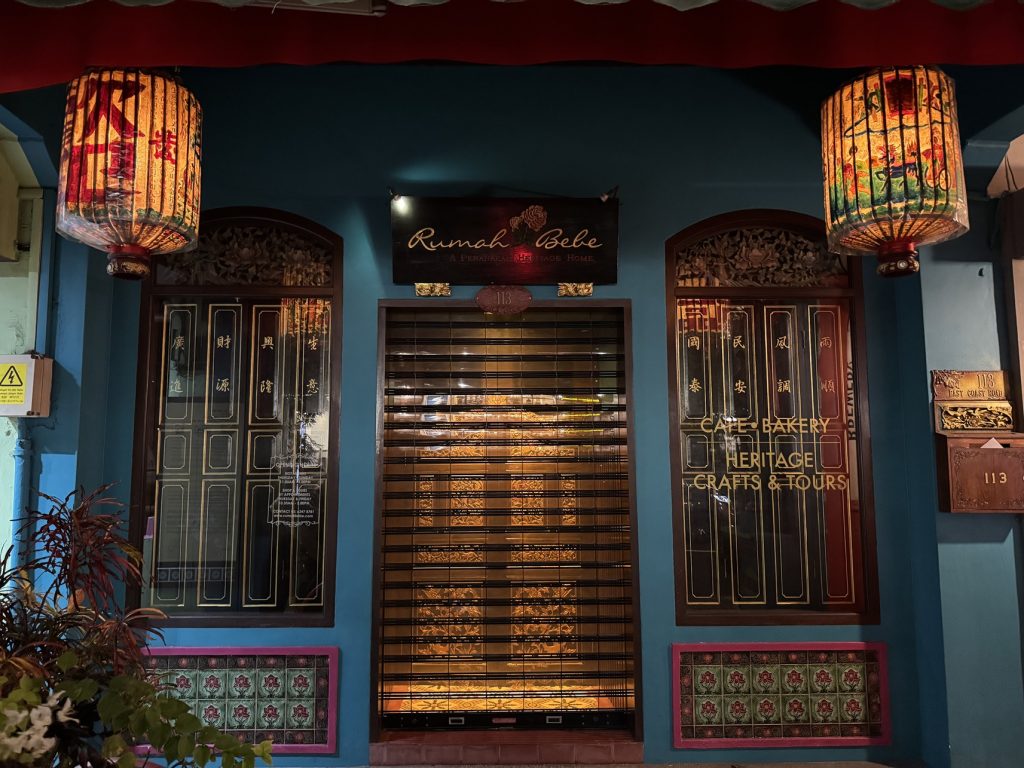

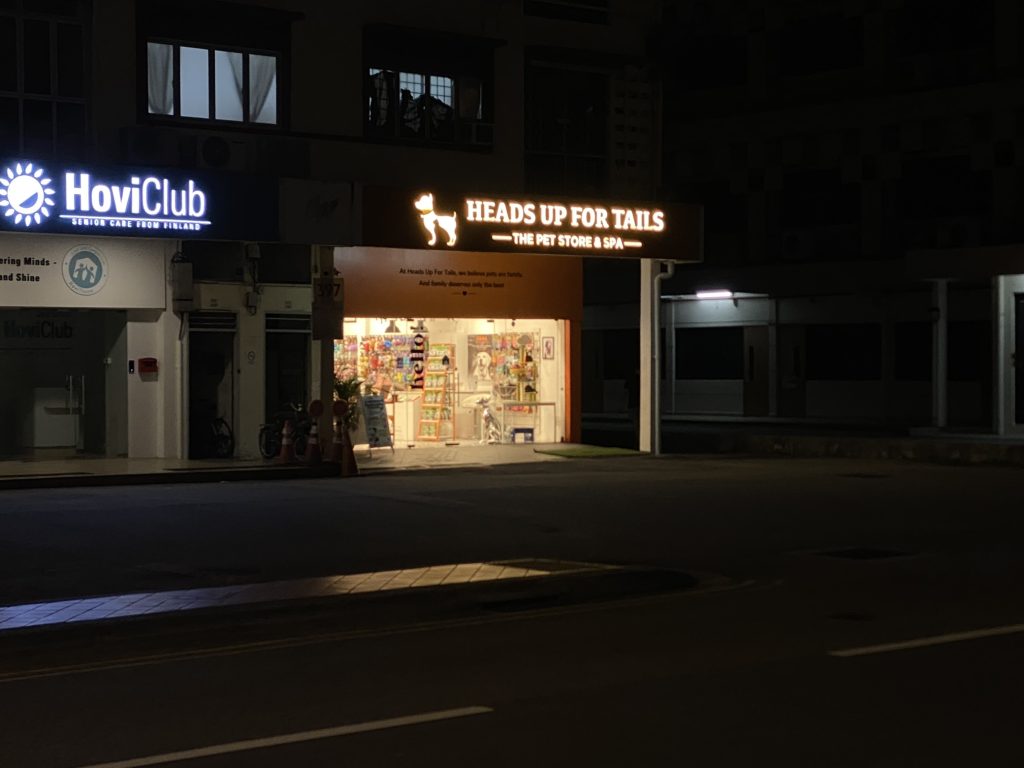
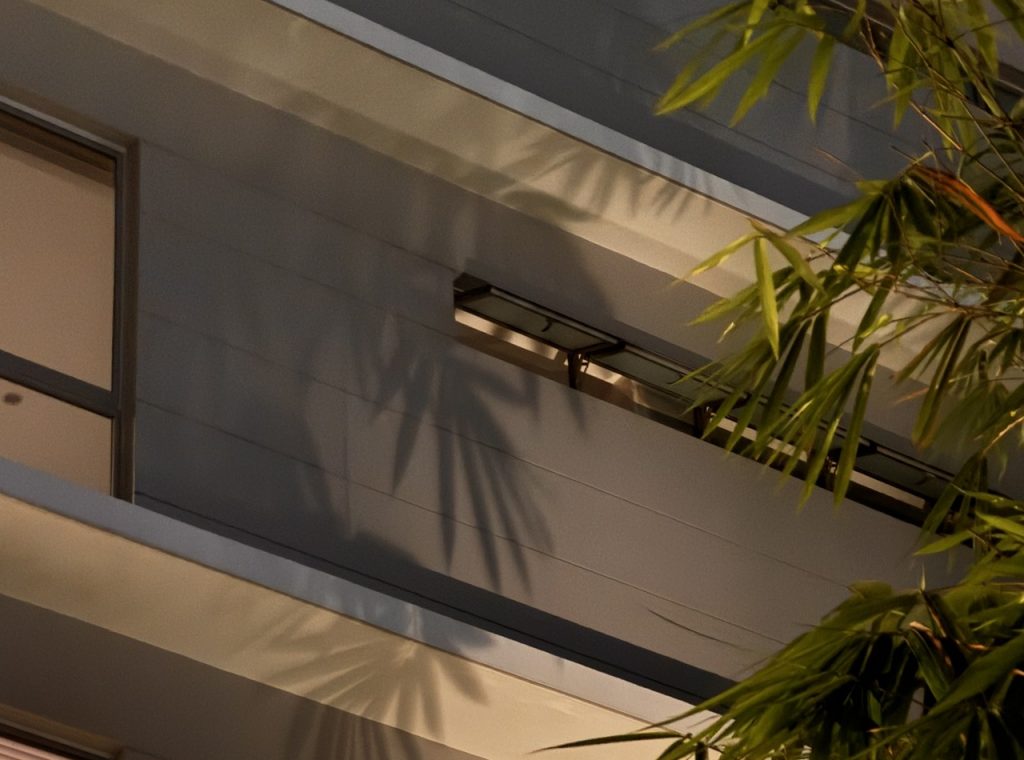
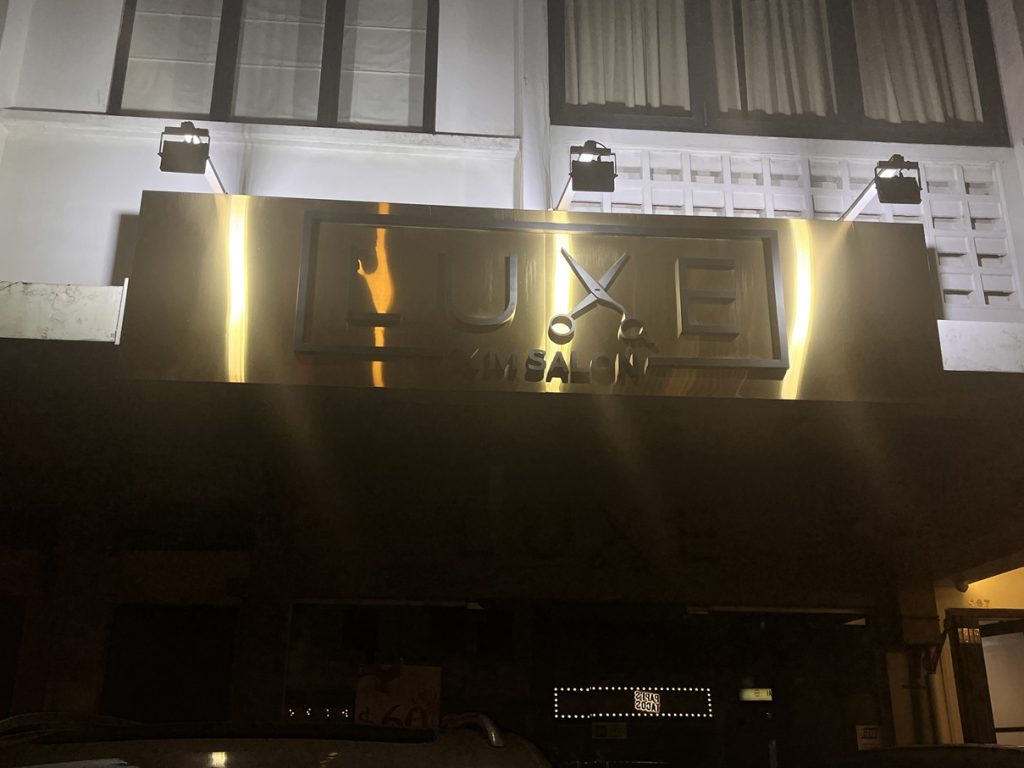
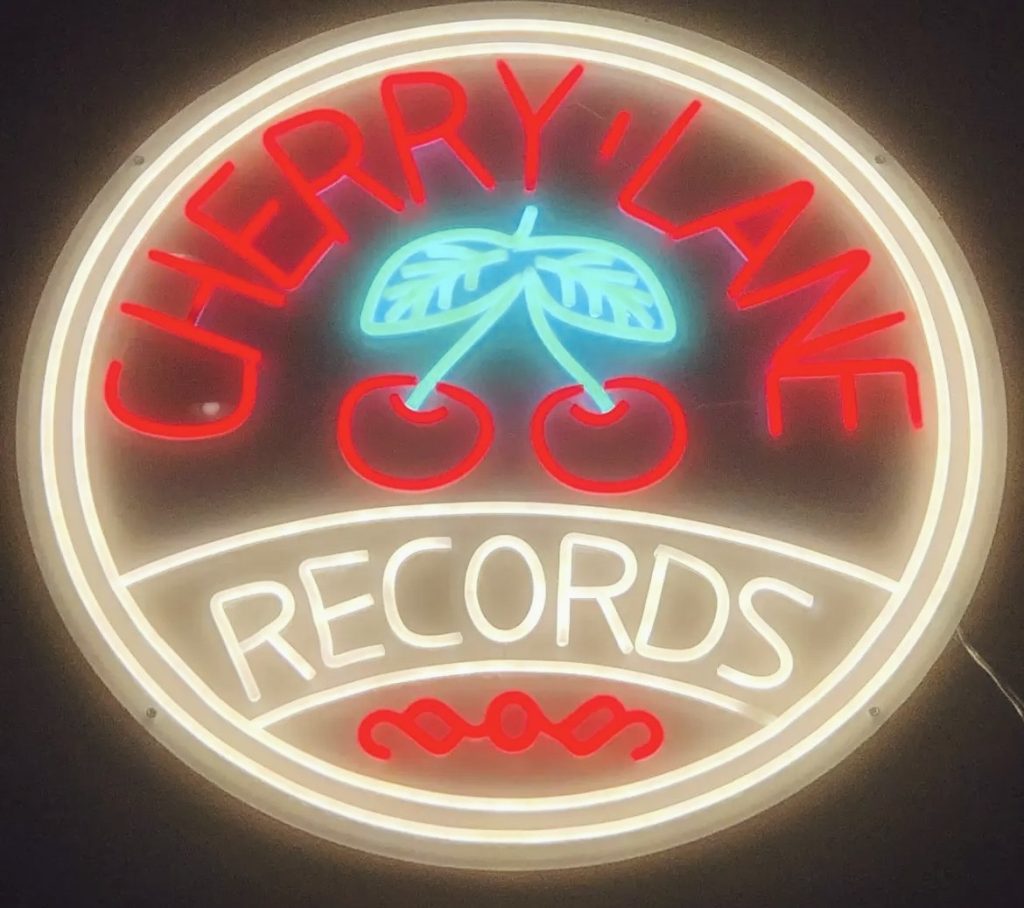

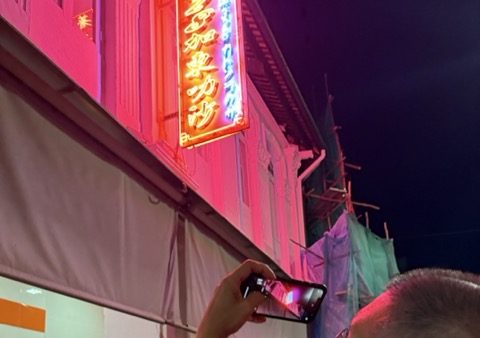
The walk showcased a wide spectrum of practices — some aligned with Singapore’s lighting guidelines, others diverging — resulting in a rich patchwork of nighttime atmospheres. As some areas evoked memories of the past, participants reflected on what Katong-Joo Chiat used to be, sharing stories of its transformation and how it has evolved into what we see today.
We concluded back at ArchiHouse, where participants shared their observations and reflections. The session affirmed that lighting plays a key role in expressing the uniqueness of Katong-Joo Chiat and shaping how people experience the district after dark.
Head over to our Lighting Detectives page to discover more of our explorations and stay tuned for upcoming activities you can join. We look forward to seeing you at the next walk! (Josephine Kwan)
